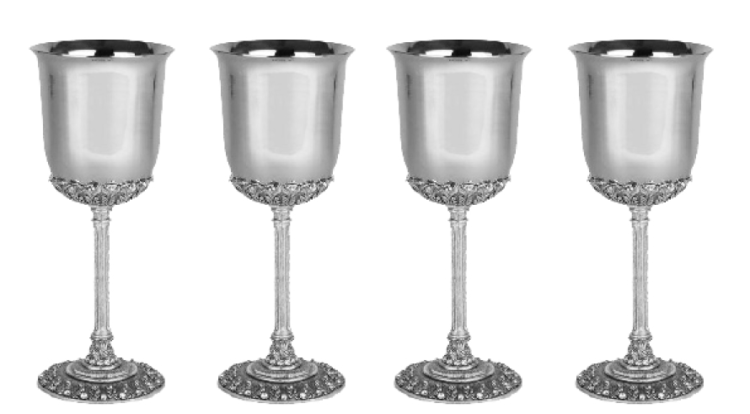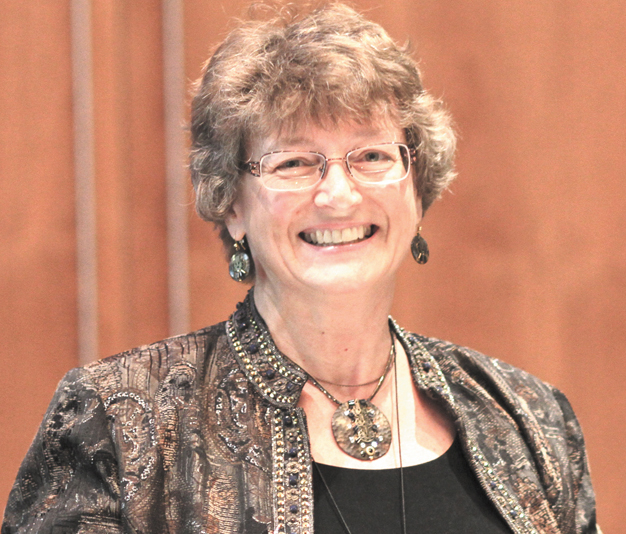A heritage of remembrance

Our Dual Heritage Series
Jewish Family Education With Candace R. Kwiatek, The Dayton Jewish Observer
Remember Amalek, the nation that personified evil, the Torah emphasizes in the Purim daytime reading.
“God said to Moses: Write this remembrance…and read it aloud…I will utterly blot out the memory of Amalek… (Ex. 17:14).”
Thus each Purim we also chant the tale of Esther, who bested a descendent of Amalek’s King Agag, the evil Haman, who was bent on destroying the Jews and whose name we blot out with noisemakers.
Remember the Exodus, the moment of liberation, the Torah emphasizes during the Passover holiday readings. “And Moses said to the people: Remember this day on which you went free from Egypt, the house of bondage, how the Lord freed you from it with a mighty hand…(Gen. 13:3).”
Thus at every Passover seder the Haggadah reminds us, “We were slaves to Pharaoh in Egypt, and the Lord, our God, took us out from there with a strong hand…”
It has always struck me as remarkable that these two holidays of national remembrance are half a year away from the High Holy Days of personal reflection and remembrance: Rosh Hashanah and Yom Kippur. It’s almost as if we need regular reminders to remember.
And so it is that the Jewish calendar is brimming with festivals and holidays of remembrance: Purim, Passover, Shavuot (Sinai), Sukkot (wilderness wandering). Chanukah (religious freedom), Yom Hashoah (Holocaust remembrance), Yom Ha’atzmaut (Israel’s birthday), Tisha b’Av (destruction of Jerusalem’s Holy Temples).
Most frequent of all is Shabbat, a dual remembrance of Creation and the Exodus.

Each of these occasions recalls a moment in Jewish national history and its related values such as liberty, courage, or gratitude, and commemorates it through story and ritual.
Remember the Alamo, the fateful battle for Texas independence. Remember Pearl Harbor, the Japanese attack that compelled entry into World War II.
America, too, emphasizes remembrance with stories and rituals. America’s calendar is replete with remembrances that reflect communal values, historic days of national and personal significance.
The Fourth of July (independence) and Thanksgiving (gratitude). Presidents Day (leadership) and Martin Luther King Jr. Day (community). Memorial Day (sacrifice), Veterans Day (courage), and 9-11 (patriotism).
Like the Jewish calendar’s days of remembrance, each of these American moments has traditionally been commemorated through story and ritual.
While the story is central to each moment of remembrance (after all, what are we remembering?), the importance of meaningful complementary rituals can’t be overstated. Found in every culture in both secular and spiritual life, rituals in their endlessly varied forms all serve the same purposes, writes educator William Stillman.
In terms of spirituality, they “elevate one’s physical and emotional consciousness” and “provide a focal point from distraction; a level of comfort and familiarity; and an opportunity to demonstrate reverence for being in the moment.”
In a broader context, early childhood educators and authors Jacky Howell and Kimberly Reinhard note, rituals have the power to unite and connect people, foster learning, and create memories that last into adulthood.
They also offer multi-sensory experiences to delight the body and employ symbolism to awaken the mind. In short, rituals are designed to appeal to the intellect, the senses, the emotions, and the spirit, the main pathways to memory.
It seems, however, that in many Jewish and American communities, the foundational stories and rituals are disappearing.
If you can remember the birth dates of Lincoln and Washington, it’s likely because you learned their stories, engaged in artwork and drama productions about them in school, and celebrated their national importance with two federal holidays on their exact birth dates.
Today, we have a generic Presidents Day on a February Monday to have a long holiday weekend. Whose stories are told, what rituals are enacted for this day?
And how did the history- and values-laden rituals of Memorial Day, the Fourth of July, and Thanksgiving recede in favor of blow out sales and Black Friday? What memories are we creating for the next generation?
If you participate in a seder this year, you’re among the majority, according to a Pew Research survey. The communal, story-filled, interactive nature of this Passover ritual certainly highlights the holiday’s importance and creates memories. But alone it’s not sufficient.
In his memoir of escape from Ukraine — A Backpack, a Bear, and Eight Crates Vodka — Lev Golinkin describes his father’s annual pilgrimage to find matzah flour for Passover with only the vaguest sense of why.
New York Times book reviewer William Grimes explains, “Judaism’s rituals had been ruthlessly expunged” in the Soviet Union.
As a result, Jews living there had become “alien to themselves,” in the words of Leszek Kolakowski, a Polish historian and philosopher who helped bring about the collapse of the Soviet Union.
It’s happening here in the Jewish community as well, albeit less deliberately and ruthlessly.
As we turn away from the Jewish calendar’s reminders to remember; as we abridge, dilute or simply ignore the stories and rituals of our tradition, our unparalleled historical, cultural, and ethical story is fading. As are we. “We learn (our) history not in order to know how to behave or how to succeed,” cautions Kolakowski, “but to know who we are.”
Literature to share
Bathsheba, Reluctant Beauty by Angela Hunt. Strongly rooted in the biblical text and historical fact, Hunt’s novel uses Bathsheba’s voice to realistically and powerfully narrate the trajectory of her life, from a rooftop bath to a palace showdown. In just a few Bible verses, Bathsheba is portrayed as beautiful, favored, courageous, clever, and determined, a woman who ultimately influences the course of biblical history through her husband, King David, and their son, Solomon. But what is her story behind the scenes? Those who enjoy well-written midrash style fiction and strong female characters will not be able to put this novel down.
Shimri’s Big Idea: A Story of Ancient Jerusalem by Elka Weber. Ancient history comes to life in this folk-style tale about a young boy who saves Jerusalem from the invading Assyrians. Inspired by the biblical account of the King Hezekiah — who wanted to protect the city’s water supply and make it more accessible — Big Idea emphasizes the qualities of observation, creativity, and courage, and the power of an individual to make a difference. Targeted to preschool and early elementary ages, this picture book is highly recommended for families, storytime, and preparation for a trip to Israel — which of course must include a trip to Hezekiah’s tunnel.
To read the complete April 2020 Dayton Jewish Observer, click here.


